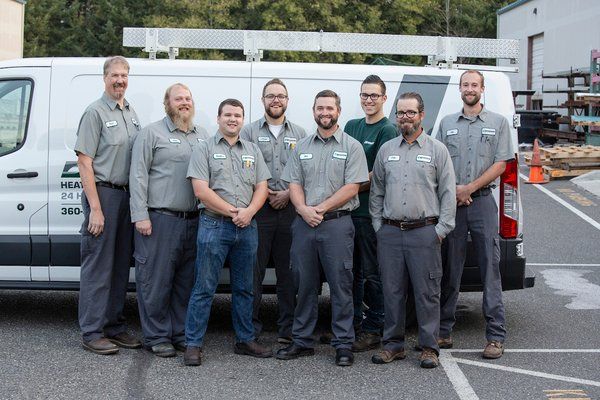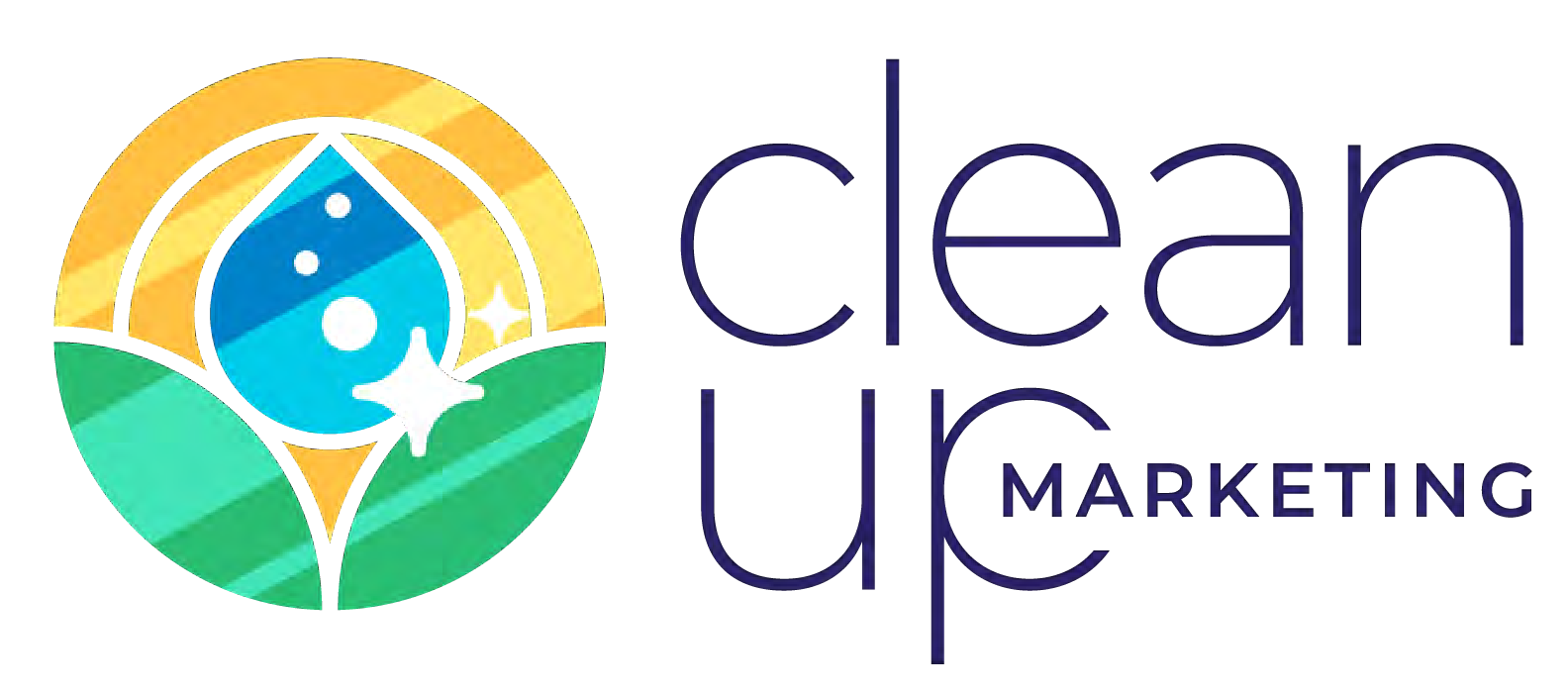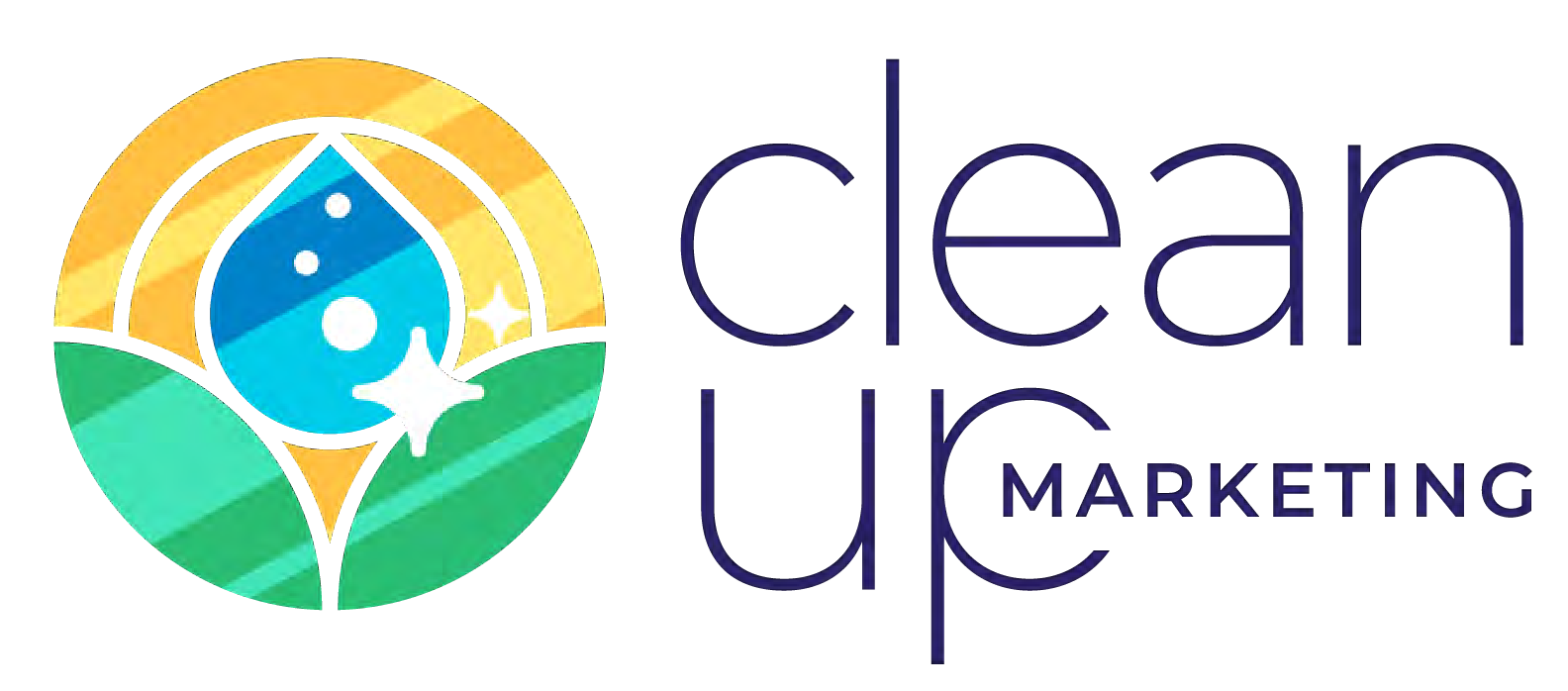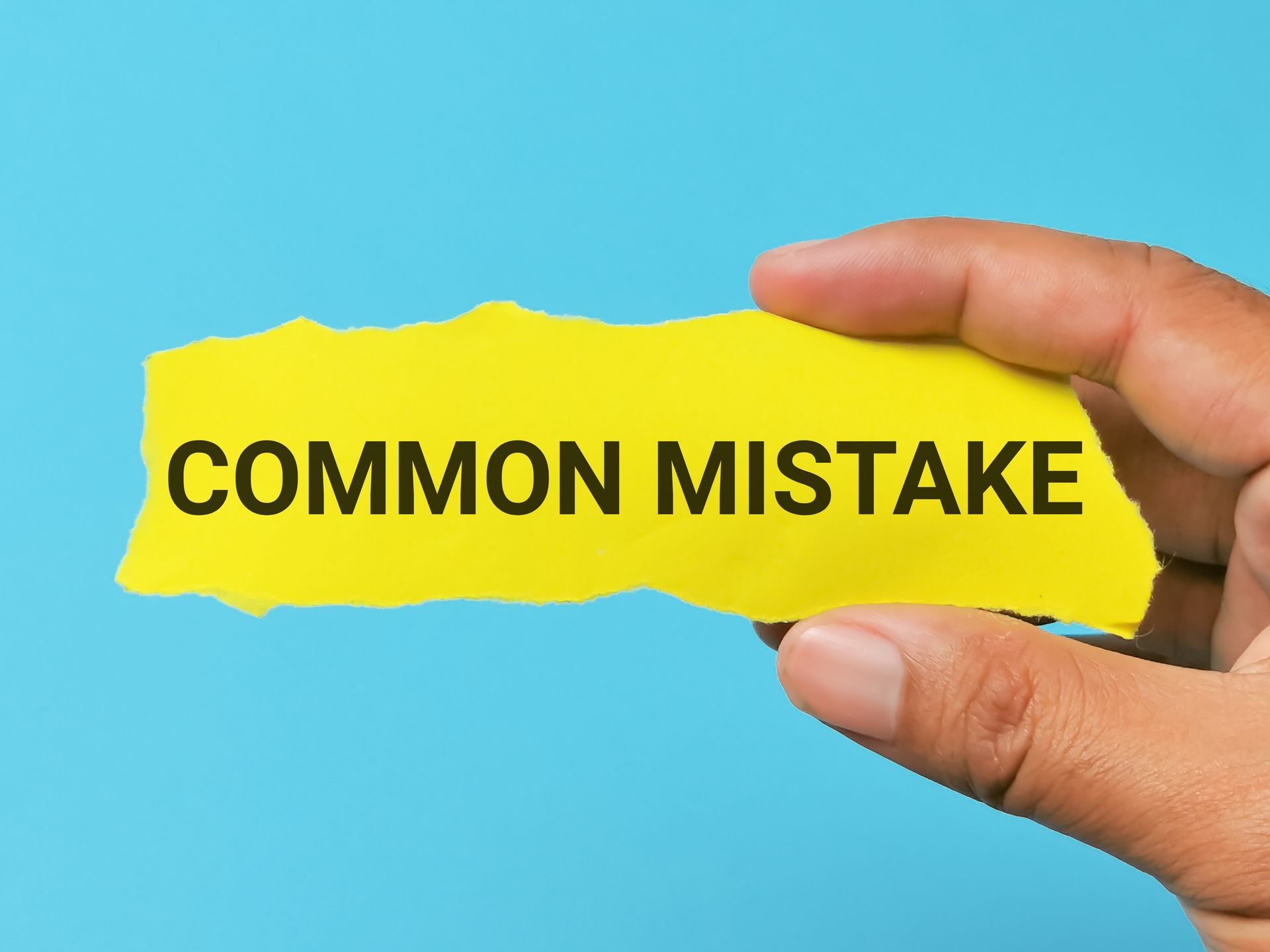By Michael Grossman
•
October 28, 2025
You flagged something important: we’ve written a lot about messaging, funnels, and decks—but not about color. Let’s fix that. In cleantech, color isn’t just aesthetic. It signals credibility to enterprise buyers, communicates environmental intent without overpromising, and drives conversion in interfaces where clarity matters. The right palette strengthens every asset you ship—from pitch slides and your website to dashboards, packaging, and safety labels. The wrong one makes everything feel vague, dated, or untrustworthy. Below is a practical, no-fluff guide to choosing colors that work in the real world, without leaning on clichés or drowning your brand in a single shade of green. Start with the job, not the hue Before picking swatches, write down what your palette needs to do: 1. Signal competence and stability to investors, procurement teams, and operators. 2. Convey environmental purpose without implying claims you can’t support. 3. Drive action (buttons, links, sign-ups) with obvious, high-visibility accents. 4. Scale across mediums —web, mobile, print, signage, and data-heavy UIs. 5. Hold up under constraints like factory lighting, dark mode, and color-vision differences. Clarity on the job prevents you from chasing trends and helps every stakeholder (marketing, product, sales, design, engineering) make consistent choices. Don’t let color overclaim: align visuals with proof Green can instantly suggest “sustainable,” but the context matters. If your visuals imply environmental benefits, make sure your copy and evidence back that up. Over-reliance on “eco green” without substantiation creates legal and trust risk. Read the guidance and tighten your claims accordingly: FTC – Environmental Claims: Summary of the Green Guides . Practical takeaways: • Treat green as an accent for verified impact moments (emissions avoided, kWh saved, acres restored), not a wall-to-wall paint job. • Pair impact-colored elements with specific, measurable statements. • Avoid visual metaphors that could be read as unqualified environmental superiority unless the product truly warrants it. Design for real human vision A nontrivial share of your audience won’t perceive certain color differences the same way you do. Instead of memorizing standards, use common sense: • Don’t make red vs. green the only way to distinguish states (error/success). Add icons, labels, and distinct shapes. • Ensure text and icons are readable on their backgrounds in bright rooms, dim rooms, and on projector screens. • Prototype on both light and dark themes; colors shift dramatically between them. If you want a plain-English primer on why this matters (and who’s affected), see National Eye Institute – Causes of Color Vision Deficiency . A modern palette that works for cleantech There isn’t one “correct” set of swatches—there is a structure that consistently works. 1) Build on trustworthy neutrals and blues Blues (from slate to navy) communicate systems thinking, reliability, and technical depth. They pair naturally with charts, maps, and schematics, and they’re familiar to enterprise buyers. Use a deep ink/navy for headlines and critical text; use a soft, neutral background (off-white, fog, or cool gray) to reduce glare on screens and slides. 2) Use green precisely Green is powerful—but easy to overuse. Deploy it as a highlight for verified environmental outcomes, not as your default background. A restrained, slightly desaturated green tends to feel more credible than neon leaf tones. When you do use bold green, give it a job: callouts on impact dashboards, milestone badges, or annual sustainability summary slides. 3) Avoid black One of the most common mistakes I see on cleantech websites is scrolling copy against a black background. Black is cool if you’re a fashion designer, but for a cleantech company it has a very different connotation. A clean technology company should avoid using black as the primary color for its website because it visually conflicts with the values the industry represents—transparency, sustainability, renewal, and openness. Black as a dominant design choice can feel heavy, opaque, and even polluting, which subconsciously contradicts the clean, fresh, and forward-looking qualities that cleantech companies need to project. Instead of evoking nature, innovation, or trust, an all-black palette risks alienating environmentally conscious audiences who expect brighter, more natural tones that suggest clarity, health, and a sustainable future. You might see your technology as space age, but your investors are afraid of the unknown. They want certainty, and they don’t want their money to disappear into the dark void of the universe. You can’t explain what you can’t see, and you can’t see well in the dark. 4) Choose one CTA accent that pops everywhere Your call-to-action color should stand out against both your brand blue and your backgrounds. Warm ambers, oranges, or a vivid teal/cyan often perform better than “safety green” for buttons because they separate clearly from the rest of the palette. Test the button text on the button fill and the button against the page—on mobile, desktop, and projector. 5) Define semantic roles first, swatches second Color chaos happens when teams pick hex codes ad hoc. Instead, define roles (primary, secondary, surface, on-surface, CTA, info, success, warning, error) and then map hues to those roles. It keeps marketing, product, and engineering aligned and makes large systems coherent. For a proven approach to roles and tonal scales, study Material Design 3 – Color System . 6) Plan for platforms, not just PDFs Your brand needs to travel: iOS, Android, web, and print each render color differently. Build with platform guidance in mind—semantic colors, contrasts that adapt, and safe ranges that won’t bloom or clip. A concise reference for native app behavior is Apple Human Interface Guidelines – Color . A practical palette blueprint (you can apply this week) 1. Write 3–5 brand attributes (e.g., “rigorous, transparent, optimistic, industrial-grade”). Let these drive hue and saturation choices. 2. Pick one primary hue (often a blue/blue-green) with a full tonal range (very light → very dark) for backgrounds, strokes, text, and charts. 3. Select one accent for CTAs that clearly contrasts with your primary hue and with your typical backgrounds. 4. Add a limited neutral scale (about 6 steps) to cover surfaces, dividers, and data grid lines without visual noise. 5. Define semantic roles (primary, surface, on-surface, CTA, success, warning, error, info) and assign hues and tones to each—document with swatches, use cases, and do/don’t examples. 6. Make a one-page spec with hex/RGB/CMYK values, role assignments, legibility notes, and examples (web hero, mobile card, dashboard tile, chart). 7. Pressure-test in context: o One dense dashboard (tables + alerts) o One marketing landing page (hero + sign-up) o One slide deck (charts on a projector) o One printed leave-behind (to catch dulling or shifts) Tune the palette where it breaks: if a color looks great on a MacBook but turns murky on a projector, adjust the tone or saturation. Scenario guidance (so you don’t design in a vacuum) 1) Industrial B2B (utilities, heavy equipment, grid tech): Bias toward deeper blues and charcoal neutrals. Use green sparingly (impact callouts, compliance stamps). Choose a CTA accent with enough warmth to stand out in a serious UI—amber and burnt orange often outperform bright red, which can read as “error.” 2) B2C or prosumer (home solar, EV accessories, smart devices): You can push toward fresher, brighter hues—but still avoid “all green, all the time.” Consider a cleaner cyan/teal family with crisp whites and soft grays. Warm accents (saffron, coral) bring energy to sign-ups and offers without shouting. 3) Policy, nonprofit, or consortium: Softer tones, more editorial neutrals. Let charts carry most color. Keep the brand hue dignified and use green only when backing a claim (grant outcomes, measurable reductions). Maintain a high-visibility CTA accent for petitions, reports, and event registrations. Make charts and dashboards readable Data is the heartbeat of cleantech. A palette that fails in charts fails your brand. • Limit the number of simultaneous series colors; rely on line styles, markers, and annotations to differentiate beyond color. • Reserve vivid colors for highlights —the newest series, the target, the anomaly—not for everything on the screen. • Calibrate status colors so “error” and “warning” are clearly distinct from brand accents and each other; pair with icons and labels so meaning survives in grayscale or color-vision differences. Common mistakes (and easy fixes) • Everything green. Result: you look like everyone else and invite skepticism. Fix: elevate blues and neutrals; save green for verified impact and sparing accents. • Low-contrast type on colored panels. Beautiful in Figma, unreadable on stage. Fix: either lighten the panel or darken the text—then test on a projector. • CTA color too close to the brand hue. Buttons disappear. Fix: pick a complementary or warm accent that separates cleanly from the primary family. • Random colors creeping in. Every campaign adds a new shade. Fix: lock your spec and route new requests through roles (is it info, warning, or decorative?). • Ignoring platform behavior. Colors that look great on web feel off in native apps. Fix: align with platform guidance and test on actual devices. Rollout plan (four steps to keep everyone aligned) 1. One palette, one spec. Publish in your brand hub with a short intro on why choices were made, not just the hex codes. 2. Tokenize in code. Work with engineering to define semantic tokens (e.g., color.surface, color.cta) so you can evolve the palette without refactoring the whole app. 3. Create a “starter kit” for slides and charts (templates, swatches, sample graphs) so PMs and sales don’t improvise. 4. Schedule a 60-minute training for design, marketing, sales, and product on using the palette—especially when to use (and not use) green. Final thoughts The most effective cleantech palettes are disciplined, not loud. They earn trust with stable blues and clean neutrals, use green as a signal backed by proof, and reserve a single, high-visibility accent to drive action. They’re built on roles so your brand stays coherent as you scale from landing pages to line charts to mobile apps. If you choose color with that mindset—evidence first, utility second, style third—your brand will feel modern, credible, and unmistakably yours across every touchpoint.












